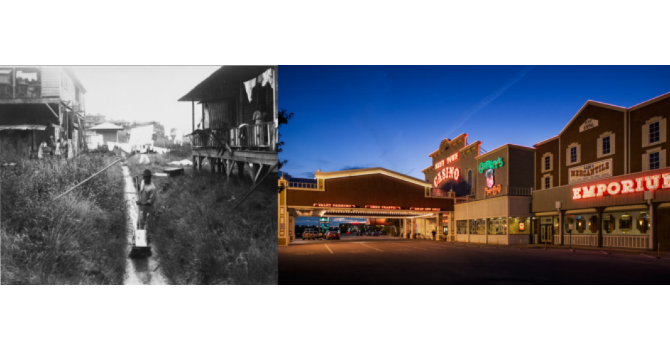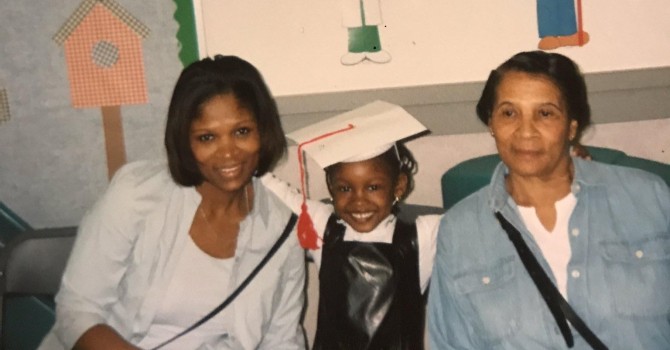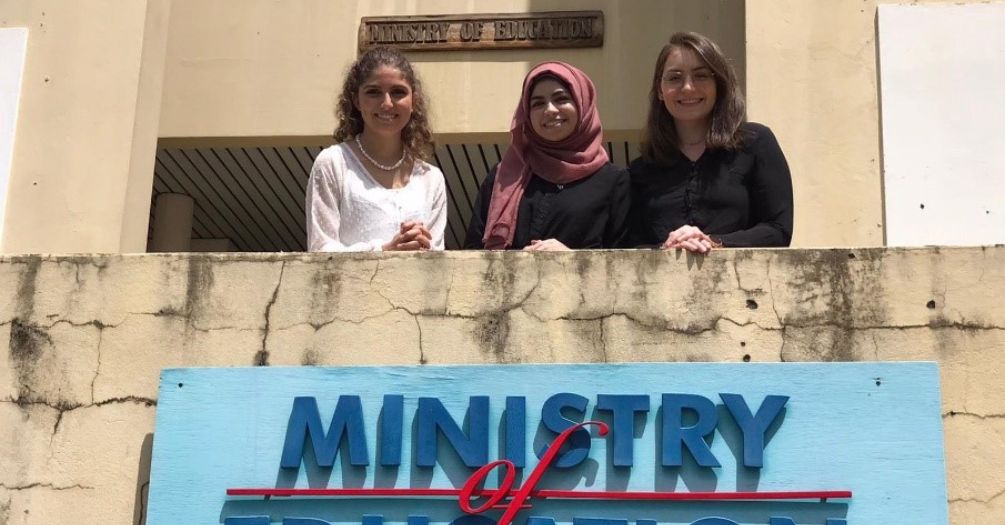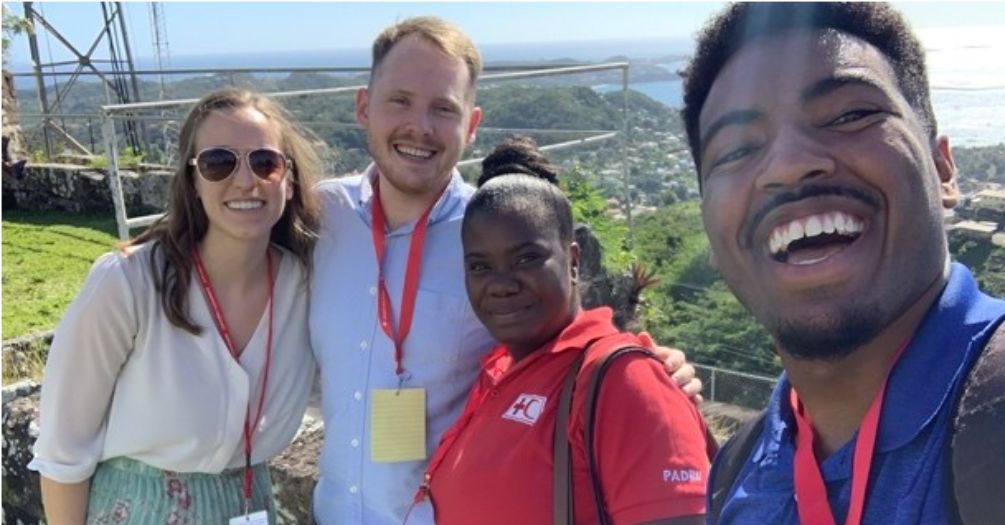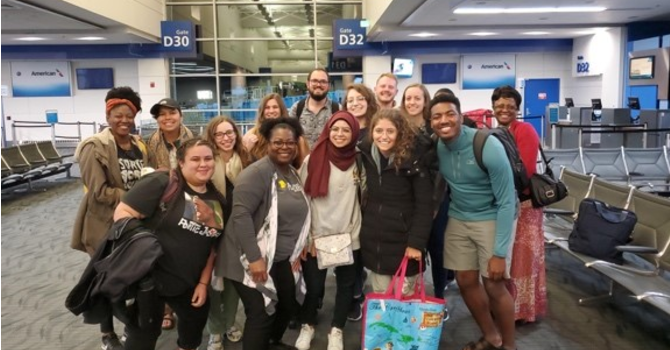Growth for New Generations: Reflecting on Coahoma County’s Resources as a Rural Community
Jasmin Valdez, Epidemiology Student
May 11, 2020, Community Partnership, Health Care Access, Health Equity, Mississippi, Practice
Note: This blog post reflects project work from PUBHLTH 615, a course originally designed to culminate in a week-long field experience that was changed to virtual format due to the COVID-19 outbreak. While students did not travel to Mississippi for the traditional field experience this semester, they were still able to work on the project remotely.
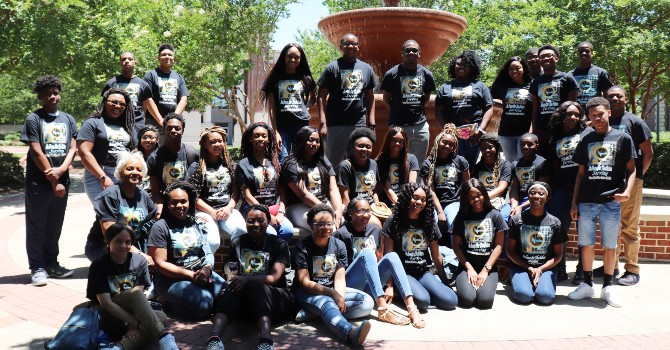
Figure 1 A picture of a group of high school students participating in the New Pathways
to Health Opportunity initiative offered at the University of Mississippi, Summer
2019. https://news.olemiss.edu/wp-content/uploads/2019/08/UCIMG-944-1.jpg
What are your initial thoughts when you think about the word ‘rural’?” This question was asked of my class on the very first day of our course. I immediately thought of my experiences growing up in New Mexico where a large portion of my extended family lives in rural areas. I also thought about the small handful of doctors in their towns, Walmart being the largest employer, and the few jobs that exist in their towns. Through this discussion, I learned that while these ideas may not directly apply to the Mississippi Delta, there were a few commonalities afflicting many rural towns: population shrinkage ( young working adults or students moving out of town to pursue promising opportunities), increased need for community resources, and a large proportion of senior citizens as its primary demographic.
Once I learned that I was to focus my sights on Coahoma County, I wanted to understand the unique issues that they face as a community. Upon looking at data compilations throughout the State’s Department of Health, I read that despite Coahoma’s similar proportion of physicians to urban counties like Hinds, it has one of the highest numbers of average miles to most residents’ closest primary care providers. With this information, I immediately began to think about some common factors influencing such a dichotomy to exist: seniors not having people to take them to the doctor, resources being unequally divided within the country. The issues that were represented only continued to grow as I viewed it through the lens of the current pandemic- how were senior citizens within Coahoma having their basic needs met when there was only one visible senior-based resource center in the entire county?
However, I was interested to read about the rich history of Coahoma county- how it was the first county in the state to have educational programs in agriculture offered to Black students. The county’s agricultural industry is one of the only sectors to continue to grow, even as the migration of intellectual capital continues. I was even more interested to read about programs such as the New Pathways to Health Opportunity initiative that aims to teach students from across the Mississippi Delta about how to address health issues affecting their own communities from a policy perspective in hopes that they return back. In preparing to further my knowledge about addressing the gaps within Coahoma, I am especially eager to blend my current epidemiologic base with application in a new setting. While I am still anxious in my personal perspective carrying weight in assessing a community I have never visited, I am looking forward to utilizing this knowledge in future experiences working with rural communities.

